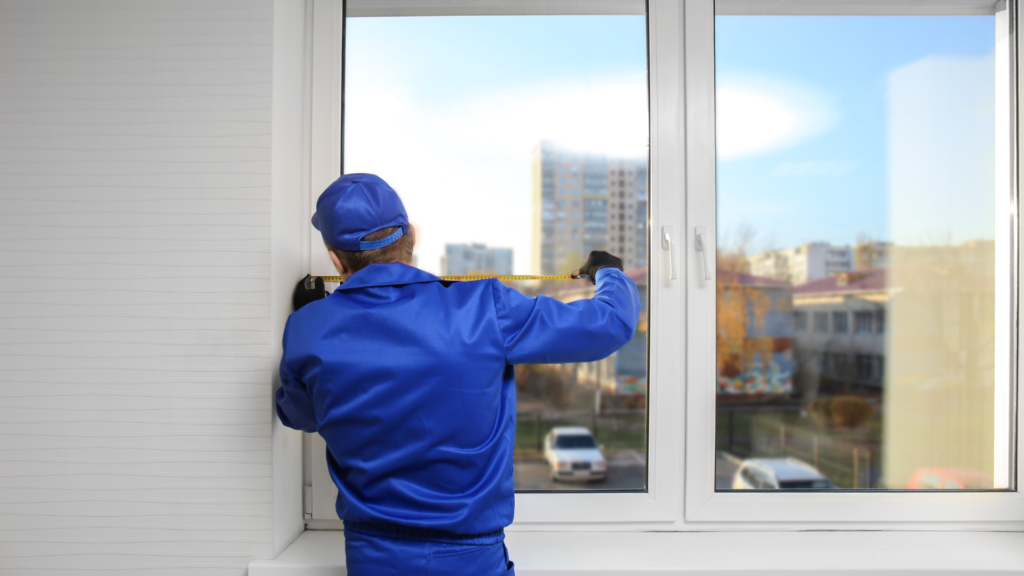
uPVC (unplasticized polyvinyl chloride) windows are a popular choice for residential and commercial buildings due to their durability, energy efficiency, and low maintenance requirements. Here’s a detailed overview of uPVC windows:
Key Features
Material:
- uPVC: A rigid form of PVC that is not softened by plasticizers. It is known for its strength, resilience, and resistance to environmental conditions.
Durability:
- Weather Resistance: uPVC windows are highly resistant to weathering, including exposure to UV rays, moisture, and temperature fluctuations. They do not corrode, rust, or rot.
- Longevity: These windows have a long lifespan, often lasting 20-30 years or more with minimal maintenance.
Energy Efficiency:
- Insulation: uPVC windows provide excellent thermal insulation, helping to keep homes warm in the winter and cool in the summer. This reduces the need for heating and cooling, leading to energy savings.
- Double/Triple Glazing: Many uPVC windows come with double or triple glazing options, which enhance their insulating properties and reduce heat transfer.
Low Maintenance:
- Easy to Clean: uPVC windows require only simple cleaning with soap and water. They do not need painting or sealing, reducing upkeep costs.
- Resistant to Pests: Unlike wooden windows, uPVC windows are not susceptible to termite damage or other pests.
Security:
- Strength: The rigid structure of uPVC provides strong security. Many uPVC windows come with multi-point locking systems for added protection against break-ins.
- Fire Retardant: uPVC is inherently fire retardant, adding an extra layer of safety to the building.
Aesthetic Appeal:
- Variety of Styles: uPVC windows are available in a wide range of styles, colors, and finishes to match different architectural designs. They can mimic the look of wood or come in modern, sleek finishes.
- Customizable: They can be customized to fit various shapes and sizes, including casement, sliding, tilt and turn, and bay windows.
Types of uPVC Windows
- Casement Windows: Hinged at the side and open outward, offering excellent ventilation and easy operation.
- Sliding Windows: Move horizontally along a track, ideal for spaces where you don’t want windows projecting outwards.
- Tilt and Turn Windows: Open in two ways – tilt inwards at the top for ventilation or swing inwards like a door for easy cleaning.
- Bay Windows: Extend outward from the main walls, creating a bay inside the room. They add space and offer a panoramic view.
- Fixed Windows: Do not open, used mainly for allowing light into a room while maintaining insulation and security.
Benefits
- Energy Savings: Reduced energy bills due to better insulation properties.
- Environmental Impact: uPVC is recyclable and has a lower environmental impact compared to other materials like aluminum and wood.
- Noise Reduction: Effective at reducing external noise, providing a quieter indoor environment.
- Cost-Effective: Generally more affordable than other materials with similar properties, offering good value for money.
Installation and Maintenance
- Installation: Proper installation by professionals is crucial for maximizing the benefits of uPVC windows. Incorrect installation can lead to poor insulation and potential water ingress.
- Maintenance: Regular cleaning and occasional checks on seals and hardware to ensure they remain in good condition. Lubricating the moving parts can help maintain smooth operation.
Considerations
- Quality: Ensure you choose high-quality uPVC windows from reputable manufacturers to avoid issues such as discoloration or warping over time.
- Style Compatibility: While uPVC windows come in various styles, it’s important to select a design that complements the overall aesthetic of your building.
uPVC windows offer a combination of durability, energy efficiency, and low maintenance, making them a practical and popular choice for modern buildings.
